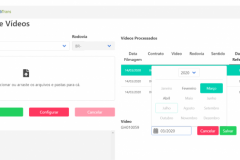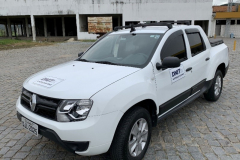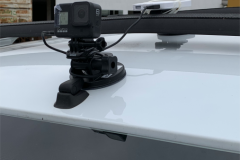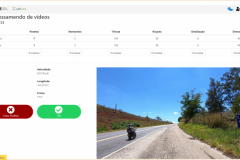Software and Methodology to Support the Survey of Maintenance Condition Index (ICM)
Software DNIT-ICM
Periodically, DNIT evaluates the condition of the maintenance of the highways under its jurisdiction, in order to serve as a reference for monitoring the maintenance actions of its network. To this end, it created the ICM – Maintenance Condition Index, which is calculated from a field survey, seeking to classify each segment into four categories: poor, bad, regular or good. The ICM calculation consists of the Paving Index – IP (pans, patches and cracks), which represents 70% of the final value, and the Conservation Index – IC (mowing, drainage, horizontal and vertical signaling), which represents 30% remaining.
The previous methodology was very dependent on the accuracy and subjectivity of the evaluator, which led to measurement errors and lack of standardization at the national level. Seeking to minimize these errors, standardize the evaluation criteria and also reduce costs, LabTrans developed a methodology for data collection in the field, based on action cameras and data processing in the office.
In this methodology, a vehicle equipped with an action camera travels the road sections to be evaluated, collecting high-resolution videos. In the office, the DNIT-ICM software, developed by LabTrans based on computer vision techniques and neural networks, automates the detection of the constituent elements of ICM in videos.
All detected elements undergo a manual post-processing in order to remove the so-called false positives and, in the case of CI items, their qualitative analysis is also made. After completing these steps, the software generates the spreadsheet with the ICM results, individualized by kilometer, according to the DNIT standard.





